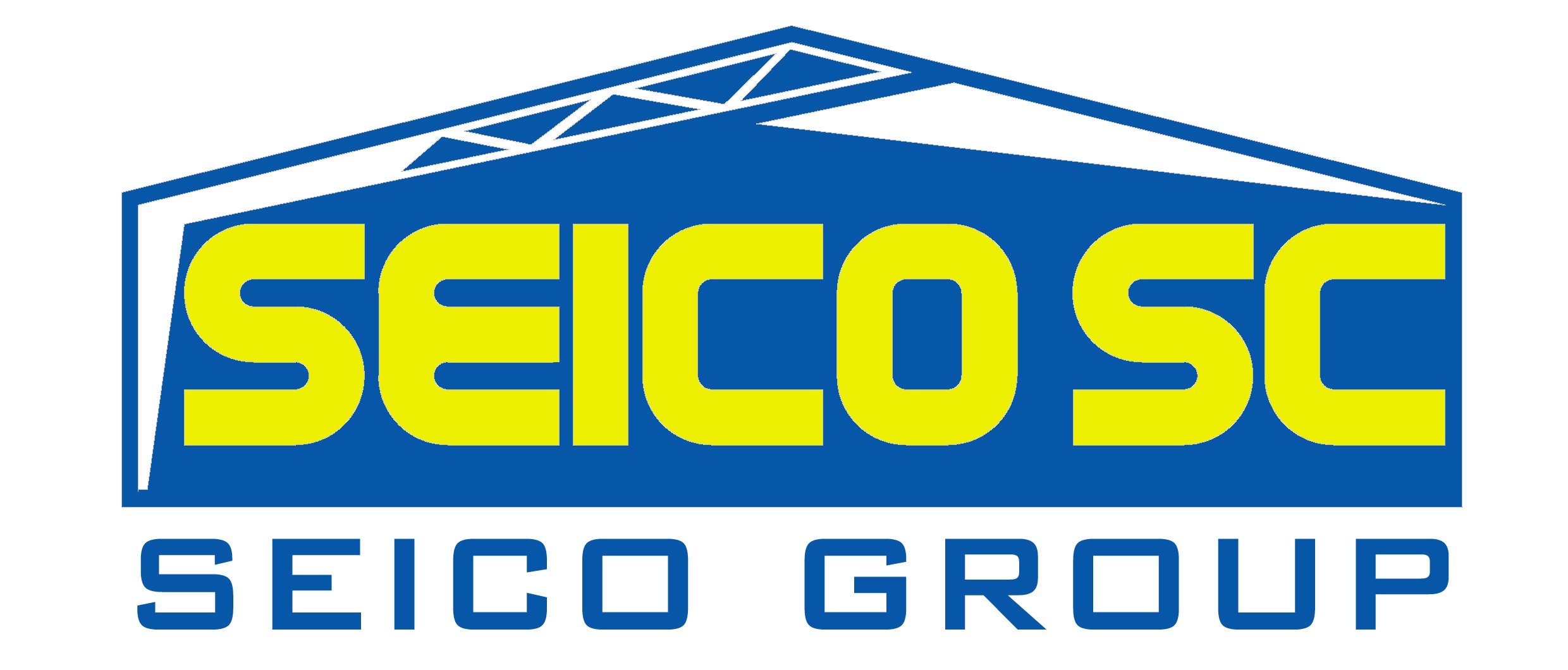DISCOVERING METHODS OF INSPECTING STRUCTURAL STEEL WELD JOINTS
-
14/03/2025
Welds are an important "bridge" in steel structures, ensuring a solid connection between components. However, during the welding process, welds cannot avoid defects, affecting the durability and safety of the project. Therefore, checking steel structure welds is extremely important, helping to detect errors early and have timely treatment measures.
1. Why is it necessary to inspect structural steel welds?
Steel structure weld inspection plays an important role in:
- Ensuring construction quality: Detecting weld defects to ensure the quality and life of the construction.
- Preventing risks: Minimizing the risk of incidents and accidents due to faulty welds.
- Saving costs: Early detection of defects for timely repair measures, avoiding costly repairs later.
- Compliance with regulations: Meeting standards and regulations on weld quality inspection.
3. Common Methods of Inspection of Steel Structural Welds
There are many different methods of inspecting structural steel welds, each with its own advantages and disadvantages. Here are some common methods:
2.1. Visual Testing (VT)
Visual inspection of welds
- Advantages: Simple, fast, inexpensive.
- Disadvantages: Only detects surface defects.
- Applications: This method can measure weld height, shape and appearance of the external weld.
2.2. Magnetic Particle Testing (MT)
Magnetic welding inspection
- Magnetic Particle Testing (MT) is a method based on the interaction between magnetic fields and magnetic particles. When there is a defect on the surface of the material, the distribution of the magnetic field will change, and the magnetic particles will concentrate at that location, helping to detect the defect. This method is applied to magnetic materials that can detect even very small surface cracks, subsurface defects. Detectable defects include: surface cracks in welds and heat-affected zones, insufficient melting, subsurface cracks, etc.
- By this method, a minimum gap width of about 1mm can be detected when the minimum depth is 10mm and the minimum gap length is about 0.2–1mm.
- This method will test fillet welds such as column, truss, beam, stiffener code welds, and connection code welds.
2.3. Ultrasonic Testing (UT)
Ultrasonic testing (UT) is a non-destructive method used to evaluate the quality of welds. By using ultrasonic waves, defects within the material can be detected without disturbing its structure.
Ultrasonic weld inspection
This method will check the welds of the wing joints, the belly joints of the columns, beams and trusses with a thickness of 8mm or more.
- Advantages: Detecting defects inside the weld, such as cracks, air holes, lack of fusion...
- Disadvantages: Requires high technical skills, requires experienced people.
- Application: Checking the quality of welds in important structures.
2.4. Penetrant Testing (PT)
Penetrant Testing (PT)
This is a non-destructive weld inspection method used to detect exposed discontinuities on the surface of any industrial product made from non-porous materials. The penetrant weld inspection method is commonly used to inspect non-magnetic materials. In this method, a liquid penetrant is sprayed onto the surface of the product for a certain period of time, after which the excess penetrant is removed from the surface. The surface is then dried and coated with a developer. The penetrant that has penetrated into cracks or cavities is "absorbed" by the developer, creating marks (indicators) indicating the location and size of the defect.
3. Choosing the Right Testing Method
Choosing the appropriate method of testing structural steel welds depends on many factors, such as:
- Material type: Normal steel, alloy steel, magnetic material...
- Weld type: Fillet weld, butt weld, T-weld...
- Quality requirements: Welds for normal structures or important structures.
- Inspection cost: Each method has a different cost.
Steel structure weld inspection is an important and indispensable step in the construction and acceptance process of the project. Choosing the appropriate inspection method and following the correct procedure will help ensure the quality and safety of the project. During the production process, Seico always adheres to the standards with a team of skilled welders, certified according to regulations to bring the best quality steel structures to the projects. If you need more information about steel structures and pre-engineered steel buildings, please contact Seico for free consultation.

 Vietnam
Vietnam  English
English  Japan
Japan  Korea
Korea  China
China  Indonesia
Indonesia  Thailand
Thailand 

